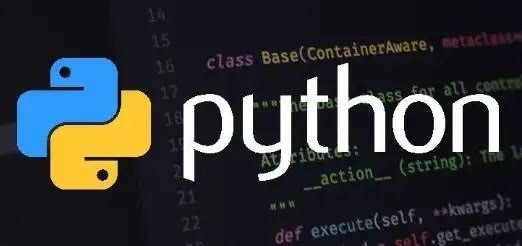Scikit-learn is a powerful and versatile Python library that provides a wide range of tools for machine learning. This guide will walk you through its essential components, from data preprocessing and model selection to evaluation and deployment. We’ll explore key modules like preprocessing for handling missing data and feature scaling, model selection for choosing the best algorithm for your task (including linear models, support vector machines, decision trees, and more), and evaluation metrics to assess your model’s performance. We’ll also cover crucial techniques like cross-validation and hyperparameter tuning to ensure robust and accurate results. This guide is designed for both beginners and intermediate users, offering practical examples and explanations to help you build your machine learning skills.
**Data Preprocessing:** Begin by cleaning and transforming your data. Scikit-learn provides tools for handling missing values, encoding categorical features, and scaling numerical features. Understanding these steps is crucial for building accurate and reliable models.
**Model Selection:** Choose an appropriate model based on your data and the problem you’re trying to solve. Scikit-learn supports various algorithms, including linear regression, logistic regression, support vector machines, decision trees, random forests, and more. Each algorithm has its strengths and weaknesses, and selecting the right one is critical for performance.
**Model Training and Evaluation:** Train your chosen model using your prepared data and evaluate its performance using appropriate metrics such as accuracy, precision, recall, and F1-score. Techniques like cross-validation will help you assess how well your model generalizes to unseen data.
**Hyperparameter Tuning:** Fine-tune your model’s parameters to optimize its performance. Scikit-learn provides tools like GridSearchCV and RandomizedSearchCV to automate this process and find the best combination of hyperparameters.
**Deployment:** Finally, learn how to deploy your trained model to make predictions on new data. This could involve integrating it into a larger application or creating a simple prediction script.


Leave a Reply